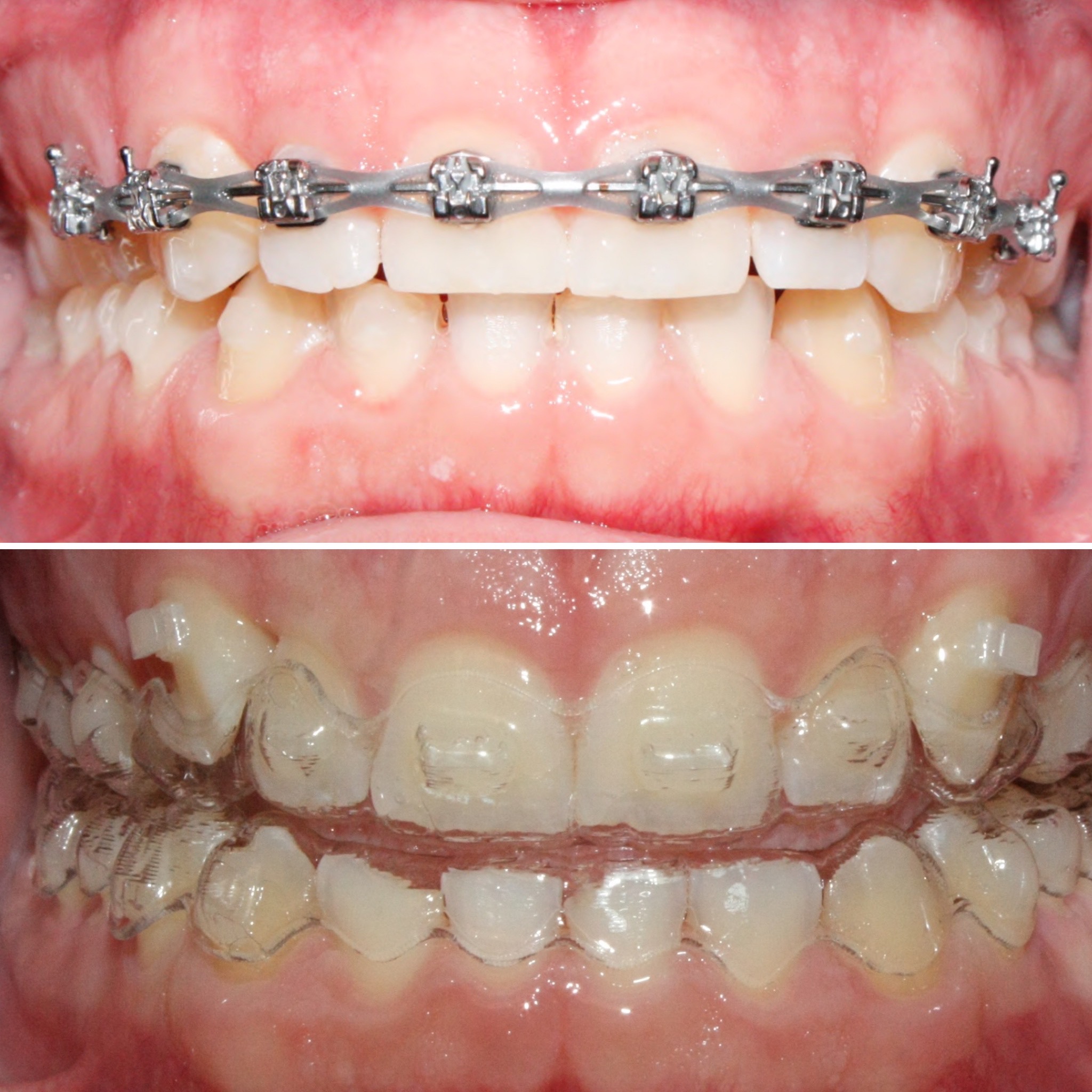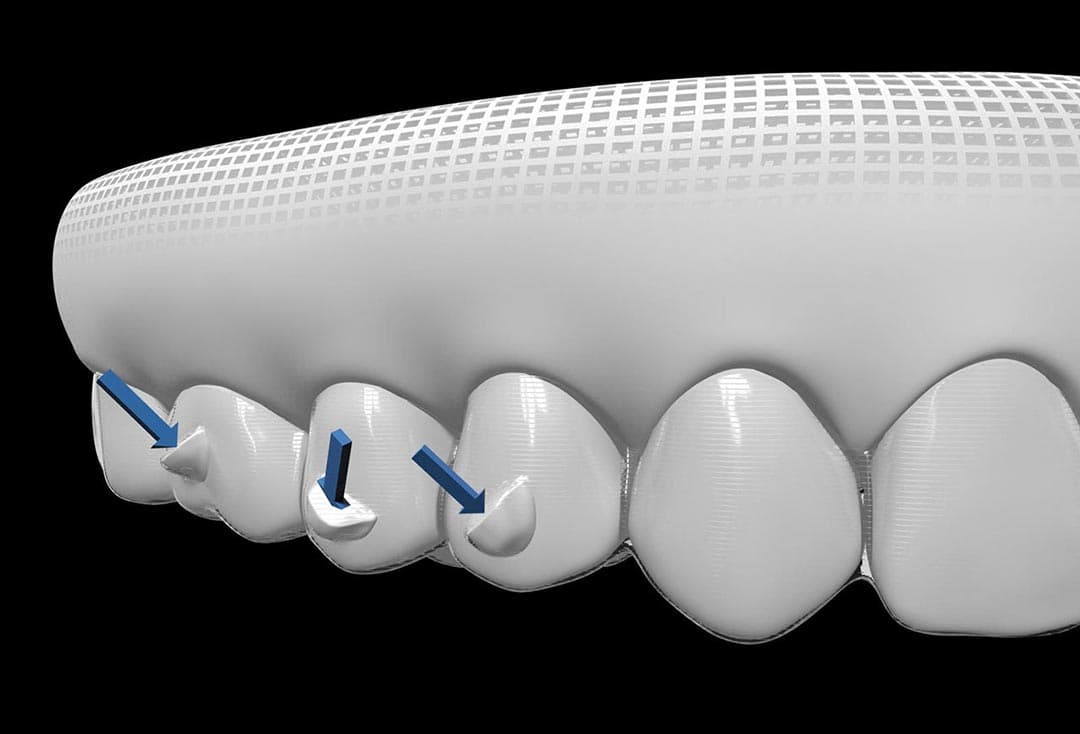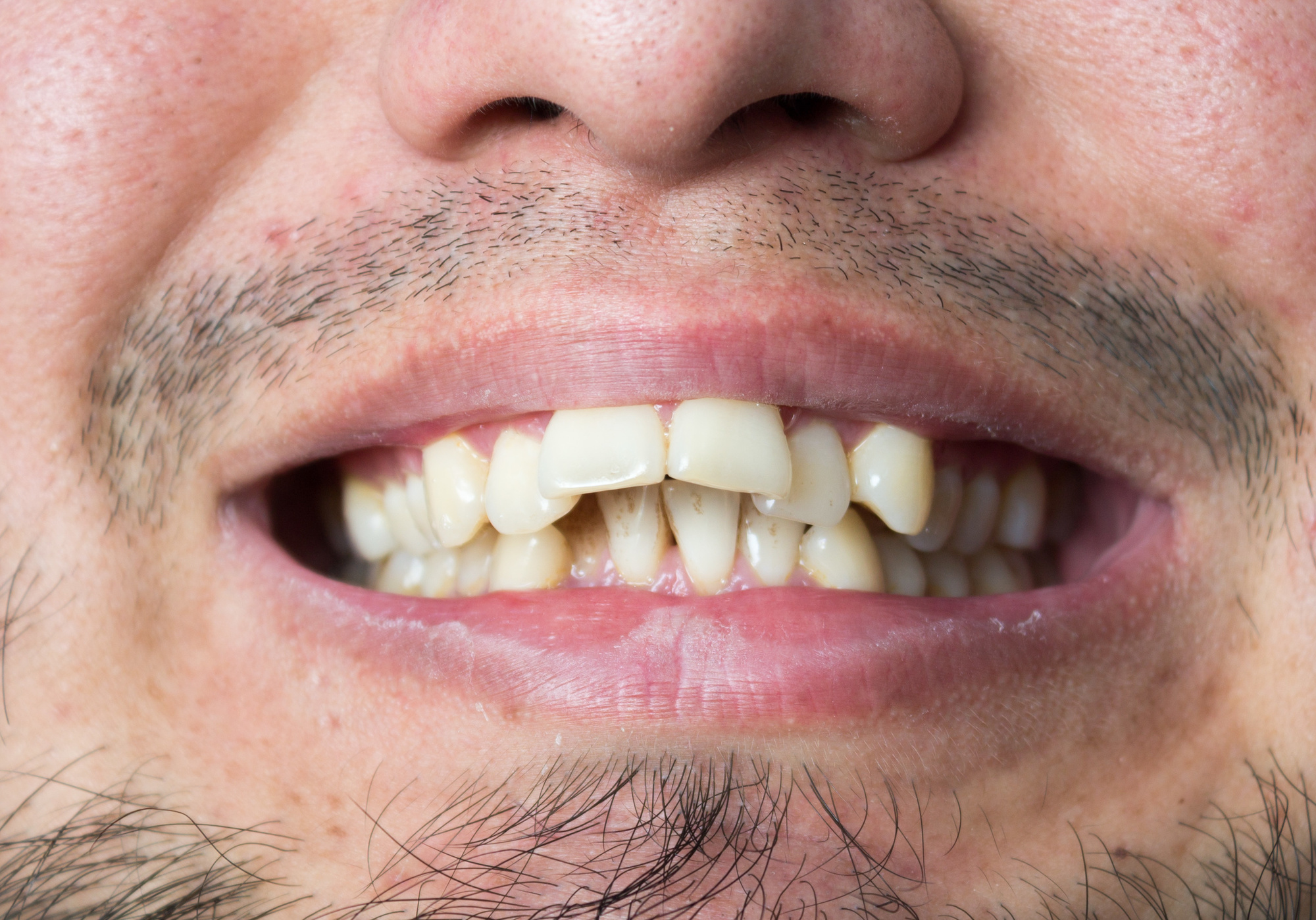How Invisalign Works: Your Guide to Clear Aligners and Their Effectiveness
How Invisalign Works: Your Guide to Clear Aligners and Their Effectiveness
Blog Article
Invisalign vs. Typical Dental braces: Which Option Is Right for You?
When considering orthodontic therapy, the selection between Invisalign and conventional dental braces presents several essential aspects that warrant cautious evaluation. Invisalign provides a very discreet alternative with removable aligners, while typical braces supply a more noticeable yet effective solution for extreme imbalance. Each alternative includes distinctive benefits and drawbacks connected to visual appeals, convenience, therapy period, and cost. Recognizing these nuances is critical for making an educated choice that lines up with your individual choices and way of life. The inquiry remains: which alternative will ideal meet your orthodontic requirements and assumptions?
Review of Treatment Options

On the other hand, conventional dental braces consist of metal brackets and cables that are adhered to the teeth. This approach uses continual pressure over time to accomplish placement. While efficient for complex orthodontic issues, typical dental braces require routine brows through for modifications and can present obstacles in preserving oral health due to the difficulty of cleansing about wires and brackets.
Both options have their qualities, and the choice often hinges on specific oral problems, way of living preferences, and person conformity. Eventually, consulting an orthodontic specialist is important for figuring out the most suitable therapy strategy customized to private requirements. Understanding the subtleties of each alternative can considerably influence the overall success of orthodontic therapy.
Aesthetic Considerations
A significant element influencing the selection between Invisalign and conventional dental braces is the visual allure each therapy supplies. Invisalign aligners are crafted from clear plastic, making them basically undetectable when put on.
On the other hand, conventional braces are composed of metal brackets and wires, which can be much more noticeable. While advancements in orthodontic technology have actually led to the development of smaller braces and colored elastics, typical dental braces still preserve an even more conspicuous account. For some individuals, the presence of dental braces may deter them from seeking necessary treatment.
Inevitably, the choice in between Invisalign and conventional dental braces might depend upon individual preferences regarding aesthetics. Individuals who prioritize discretion typically favor Invisalign, while those that are less concerned regarding presence might opt for conventional braces. Comprehending the aesthetic effects of each option is vital for making a notified decision that lines up with one's way of living and preferences.
Comfort and Convenience

In regards to comfort, Invisalign aligners are detachable, making it possible for people to appreciate their preferred foods without constraint and maintain ideal oral hygiene. Cleaning and flossing are simplified, as the aligners can be obtained throughout these regimens, whereas standard dental braces require cautious maneuvering around brackets and cables.
Furthermore, Invisalign's modern system permits fewer orthodontic gos to. People generally obtain numerous collections of aligners at when, which can simplify the therapy procedure and reduce time invested in the orthodontist's chair. In comparison, standard braces require normal changes, making them much less hassle-free for those with active routines. Invisalign. Generally, the convenience and comfort of Invisalign make it an attractive selection for lots of individuals looking for orthodontic treatment.
Therapy Duration and Efficiency
While both Invisalign and typical braces are reliable in correcting dental imbalances, the duration of treatment can vary dramatically between the two alternatives. Generally, Invisalign treatment can take anywhere from 12 to 18 months, depending on the intricacy of the instance. The clear aligners work by slowly shifting teeth into their desired positions, and routine follow-ups with an orthodontist assistance make sure development continues to be on track.
In contrast, conventional braces commonly require a longer dedication, generally varying from 18 months to three years. This results from their fixed nature and using brackets and cables, which can be extra efficient for serious imbalances and complex situations (Invisalign). The treatment efficiency of typical braces is well-documented, as they allow for exact adjustments and higher control over tooth movement
Eventually, the choice in between Invisalign and standard dental braces may pivot on both the awaited therapy period and the details dental problems available. Consulting with an orthodontist is critical, as they can offer customized referrals based upon private requirements, guaranteeing the chosen approach straightens with preferred outcomes and durations.
Price Contrast and Insurance Policy Alternatives
Expense plays a significant role in the decision-making procedure for people taking into consideration orthodontic therapy, whether opting for Invisalign or conventional dental braces. On standard, the price of Invisalign arrays from $3,000 to $8,000, while standard dental braces generally set you back between $2,000 and $6,000. Variables affecting these expenses include the intricacy of the instance, the duration of treatment, and geographical location.
Numerous dental insurance coverage plans give partial coverage for orthodontic treatments, however the specifics can differ commonly. Usually, traditional you can find out more braces may be extra frequently covered by insurance coverage strategies contrasted to Invisalign, which some insurance companies categorize as a cosmetic procedure.
In addition, a number of orthodontic techniques use flexible repayment strategies, making both therapy alternatives more easily accessible. People need to inquire regarding possible funding alternatives and price cuts for ahead of time payments. Evaluating the total cost, consisting of insurance policy advantages and settlement strategies, is essential for making an informed decision that aligns with both visual preferences and budget considerations.

Conclusion
In summary, the choice in between Invisalign and conventional braces pivots on numerous variables, consisting of visual choices, comfort, treatment duration, and expense. Invisalign uses a very discreet, removable option that helps with oral hygiene and nutritional flexibility, while traditional dental braces might be preferable for complicated oral issues and usually come at a lower cost factor. Ultimately, appointment with an orthodontist is vital to examine specific scenarios and figure out the most ideal treatment alternative for achieving ideal dental alignment.
When taking into consideration orthodontic treatment, the choice you could try here in between Invisalign and traditional dental braces provides several essential factors that warrant cautious evaluation.Contrasting Invisalign and conventional dental braces exposes distinctive treatment options for orthodontic modification.While both Invisalign and typical dental braces are effective in remedying dental Learn More imbalances, the duration of therapy can vary considerably in between the two alternatives.Cost plays a substantial role in the decision-making procedure for people considering orthodontic treatment, whether deciding for Invisalign or traditional dental braces.In recap, the option in between Invisalign and traditional braces pivots on multiple variables, including visual choices, comfort, therapy period, and cost.
Report this page